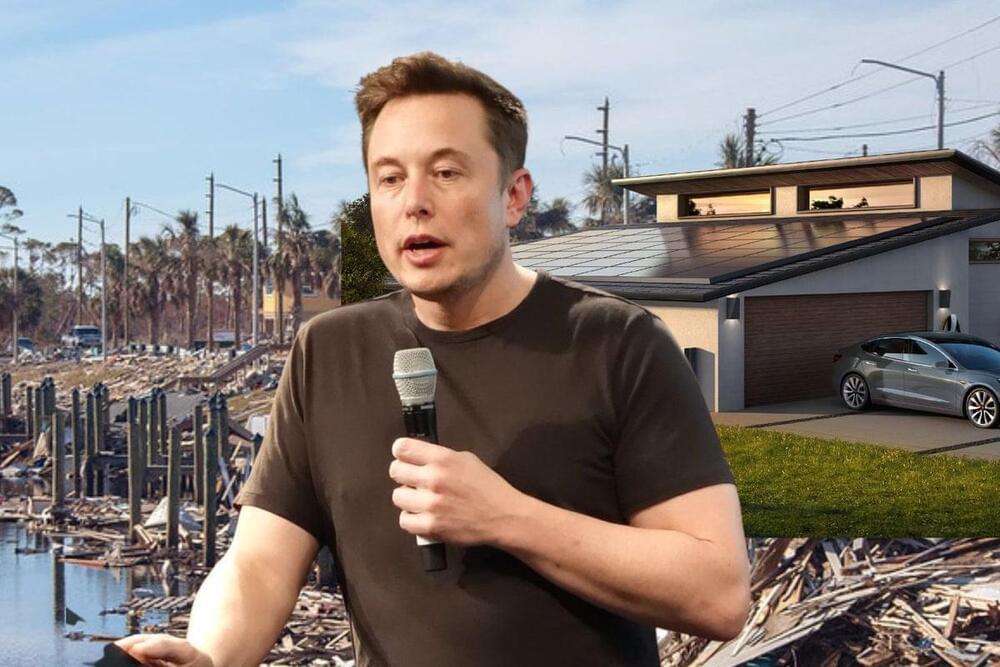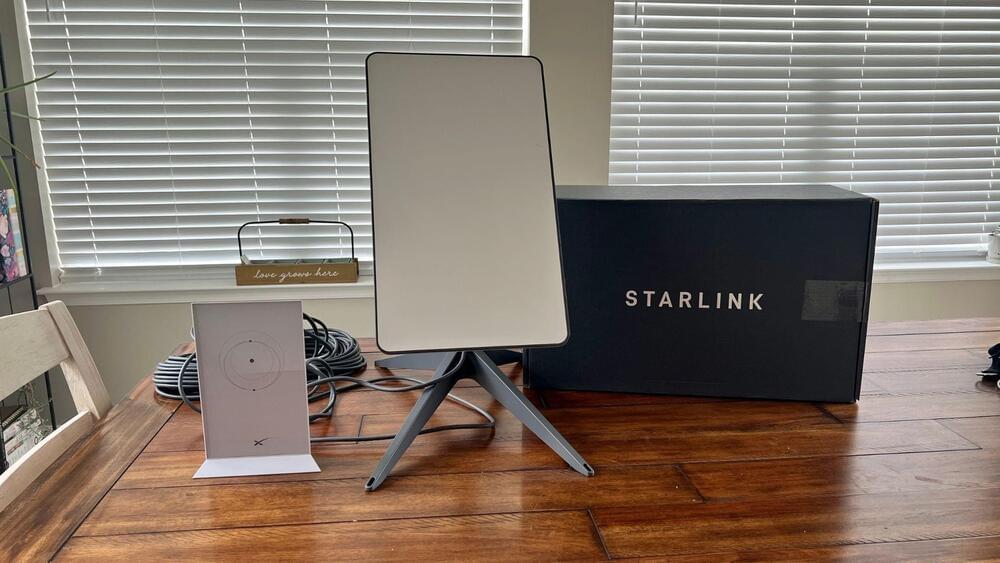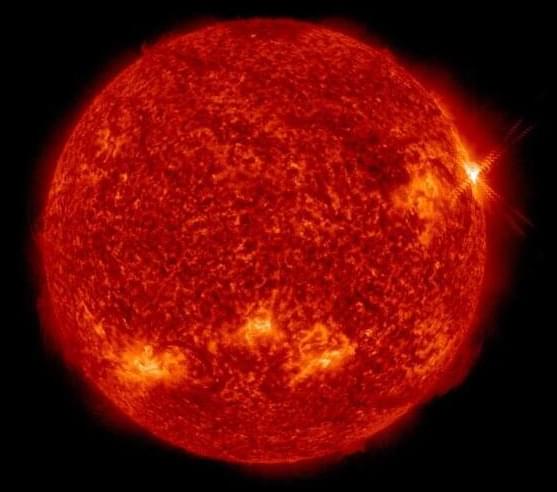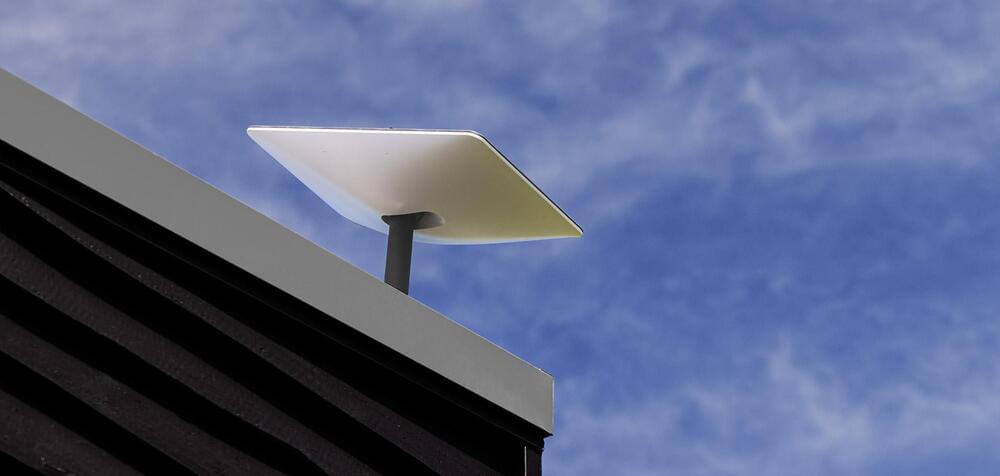Millennium will deliver the ground and on-orbit segments of the program and Firefly will provide the responsive launch service.



There was more to this launch than met the eye.
Earth’s first-ever artificial satellite Sputnik launched on October 4, 1957. In that moment, which occurred sixty-five years ago, the Cold War between the United States and the Soviet Union transformed into a race to dominate not only Earth but also space.
But there was more to the launch than met the eye — behind the development of satellites to orbit Earth was a more nefarious purpose.
“The other aspect of it was, of course, the race to develop the first intercontinental ballistic missile. The U.S. was working on the Atlas missile, and the Russians were working on the RS-7,” says Jonathan McDowell, an astronomer and astrophysicist at the Harvard–Smithsonian Center for Astrophysics.

Known for its electric vehicles, Tesla Inc TSLA also has a solar power division. Customers who bought solar roofs in Florida might be thanking the company after the lingering damage of Hurricane Ian.
What Happened: Hurricane Ian hit landfall in Florida and has caused severe damage to the region. Benzinga previously reported the impact could be $258 billion in replacement costs in one region and another $149 billion in the area of Tampa Bay.
The impact could be hundreds of millions of dollars for insurance companies as well.
The rocket managed to make to the orbit and deliver all three of its payloads.
There was much to celebrate on Saturday as Firefly Aerospace’s Alpha rocket successfully delivered a few tiny satellites to Earth orbit for the first time ever, according to an article by Space.com
Making orbit and delivering payloads
The rocket lifted off from California’s Vandenberg Space Force Base on October 1 at 3:01 a.m. EDT (12:01 a.m. local California time; 701 GMT) and managed to make to orbit and deliver all three of its payloads.

It offers services on all seven continents of the world.
SpaceX has crossed the milestone of producing a million Starlink terminals, the company’s CEO Elon Musk confirmed on Twitter earlier today. It is a significant boost for the satellite internet business of the space company, which began accepting preorders only 19 months ago.
Miss Vosk/Flickr.
The satellite internet is the new way of connecting the world. That can guarantee network coverage even in the remotest parts of the world. Fiber or cellular network-based internet requires the infrastructure to be connected to the last mile to ensure services; however, services like Starlink rely on a constellation of satellites in low Earth orbits that can deliver internet services directly from the skies.
Russia’s war on Ukraine has turned a lot of assumptions about the fundamental nature and trajectory of how wars are fought, on its head.
For one thing, Ukraine’s strong defense has upended conventional wisdom about big powers being able to violate at will the sovereignty of little powers.
Technology, in particular, drones, has also leveled the playing field in unique ways.
The emergence of cryptocurrency, both as a means to fund the war and the relief efforts, raises all kinds of interesting questions about the ability to enforce sanctions and bypass the traditional financing of wars with alternate means.
I had a great discussion about these and other topics with Thomas Frey, and Trent Fowler, who have been giving a lot of thought to the future of war.
Frey is the founder and Executive Director of the DaVinci Institute and co-host of the Futurati Podcast. Over the past decade, he has built an enormous following around the world based on his ability to develop accurate visions of the future and describe the opportunities ahead.

A solar flare erupted from a departing sunspot on September 16, releasing a pulse of X-rays and extreme UV radiation which caused a shortwave radio blackout in Africa and the Middle East. Frequencies below 25 MHz were affected for up to an hour after the flare.
Solar flare strength is measured much like the Richter scale which measures earthquakes. Solar flares are classed A, B, C, M or X where each successive letter corresponds to a 10-fold increase in energy output. A-class solar flares are barely above background radiation emission from the sun.
Spaceweather.com reports that the September 16 solar flare, exploding out of sunspot AR3098, was an M8-class, meaning it was nearly an X-flare, the most powerful kind.

Back in February, SpaceX introduced a high-performance satellite internet solution that was specifically designed for businesses. The higher-tier kit is a step above the standard Starlink system, with its larger dish that features double the antenna capability to its faster internet speeds.
Inasmuch as the service was attractive, however, there was one issue: it costs a whopping $2,500 for the high-performance satellite internet system and a very premium $500 per month for the service itself. As per recent updates to the official Starlink website, a high-performance satellite internet kit is now available for residential customers as well, and it doesn’t even require a $500 monthly fee.
While residential customers who wish to acquire Starlink’s high-performance satellite internet kit would still be paying $2,500 for the hardware, they only need to pay the standard $110 per month for the service itself. Residential customers who opt in for a high-performance dish could then get more out of Starlink’s capabilities for the same monthly fee.

Today’s launch by Rocket Lab, “The Owl Spreads Its Wings,” was as unremarkable as a rocket going to orbit can be, but it also marked a few milestones for the growing space company: 30 launches and 150 satellites taken to space.
The company’s first trip to orbit was in January of 2018, technically Electron’s second test flight but the first successful delivery of a payload to space. That was after more than 10 years of design, engineering and manufacturing since the company was founded in 2006.
It then had an unbroken streak of 18 launches, but on its 20th there was an anomaly and it lost the payload and vehicle. But as founder and CEO Peter Beck told me shortly afterwards, “no more than seconds after we realized that we had an anomaly on our hands, the team was already working it.” And they were clear to fly a month later.
